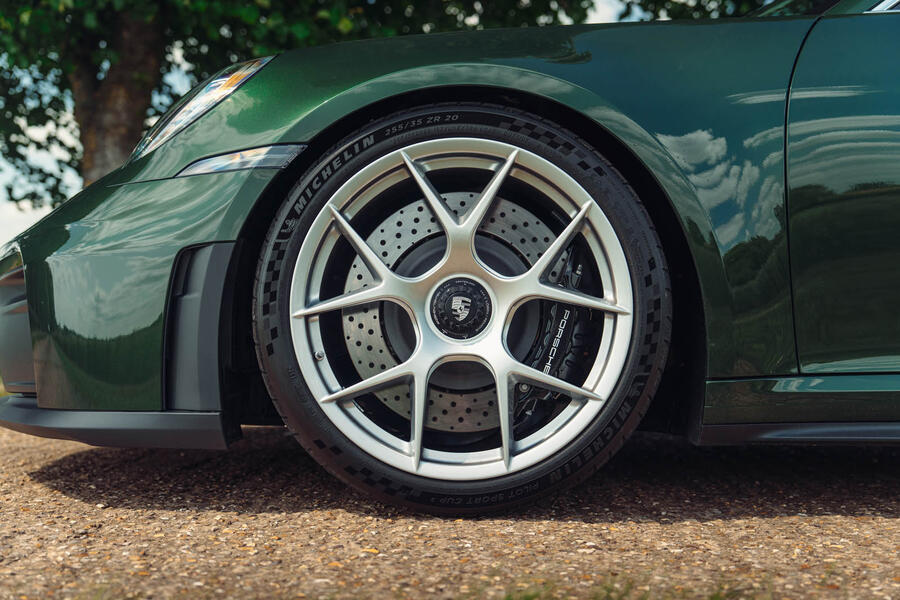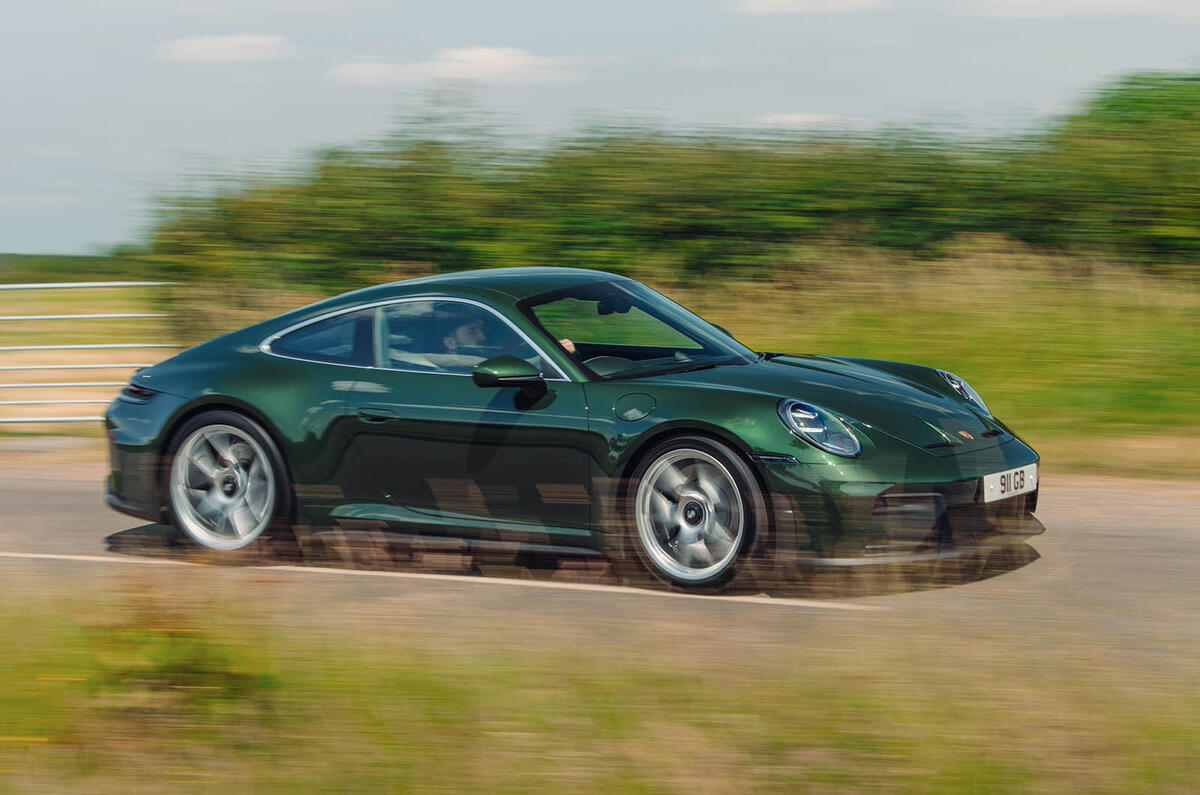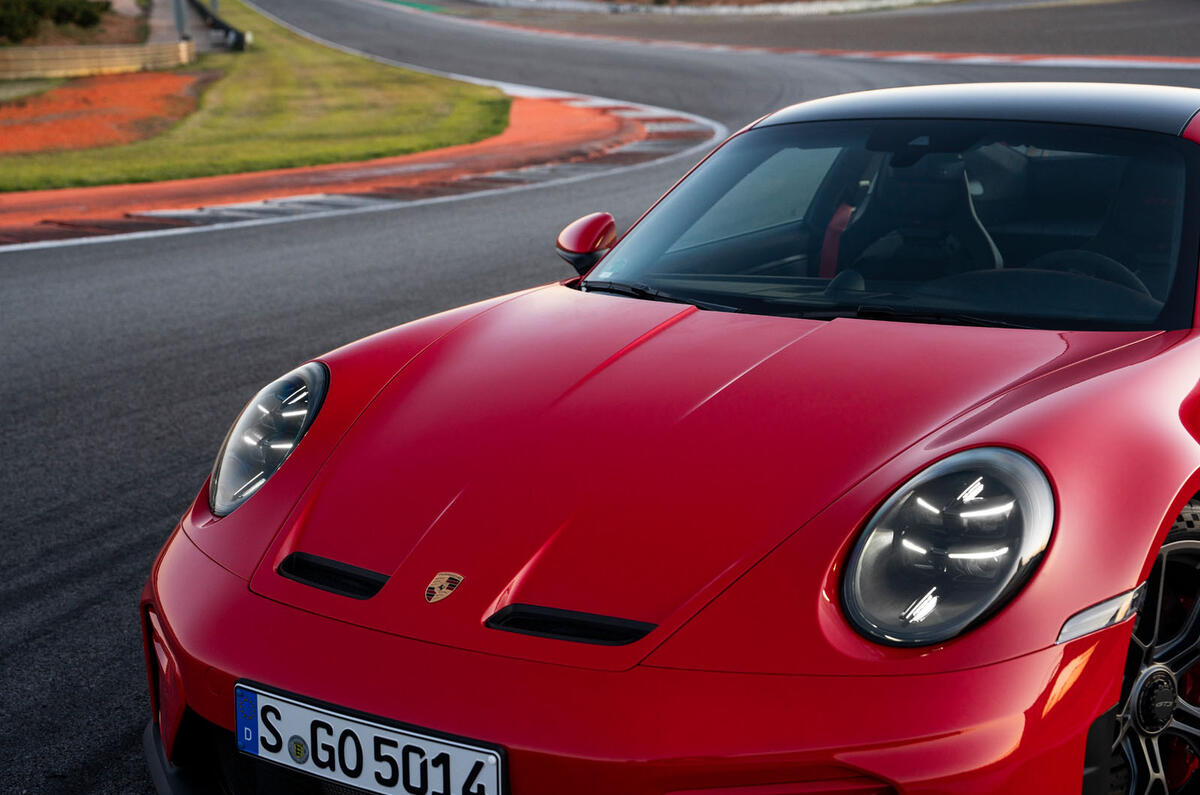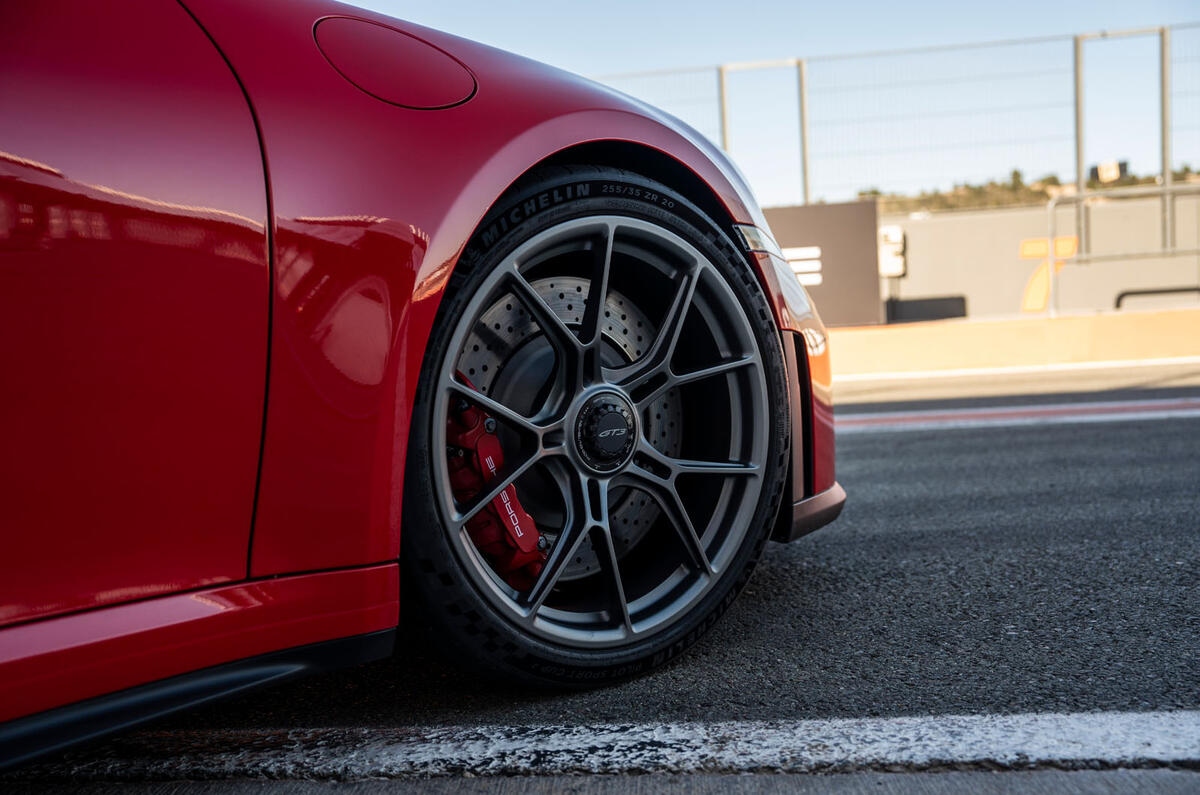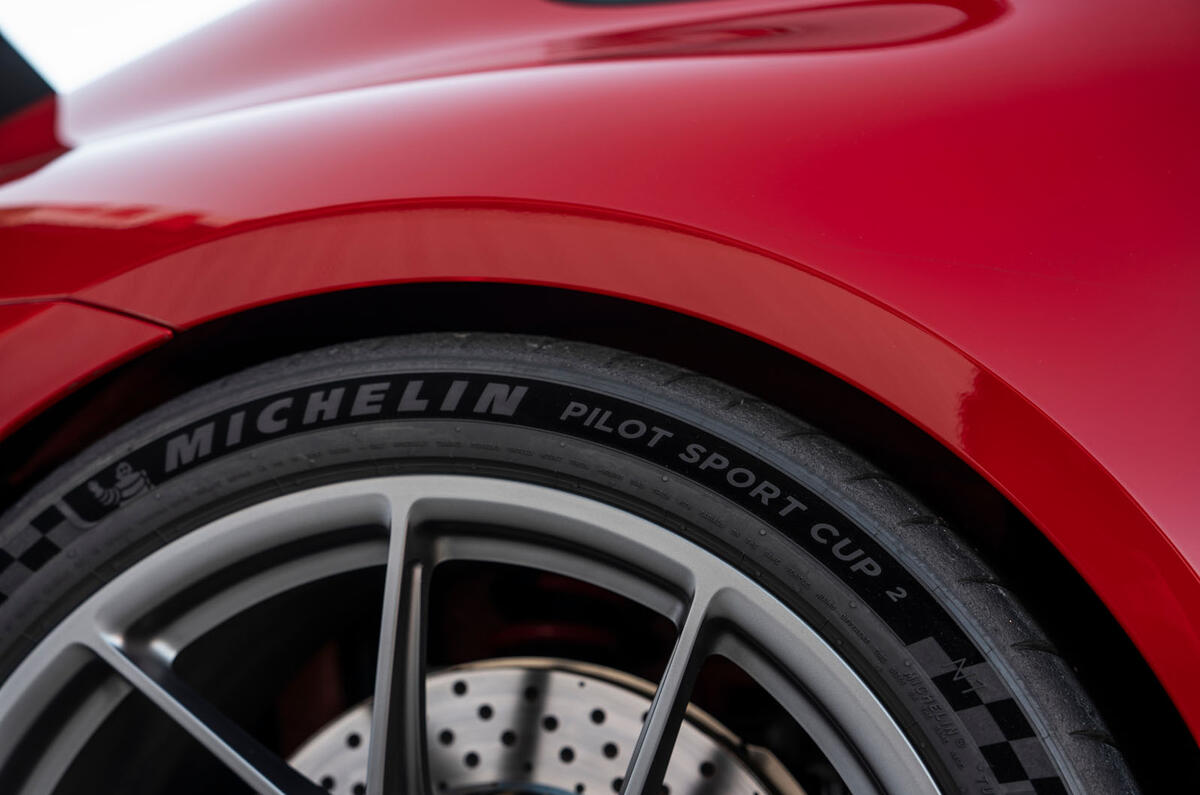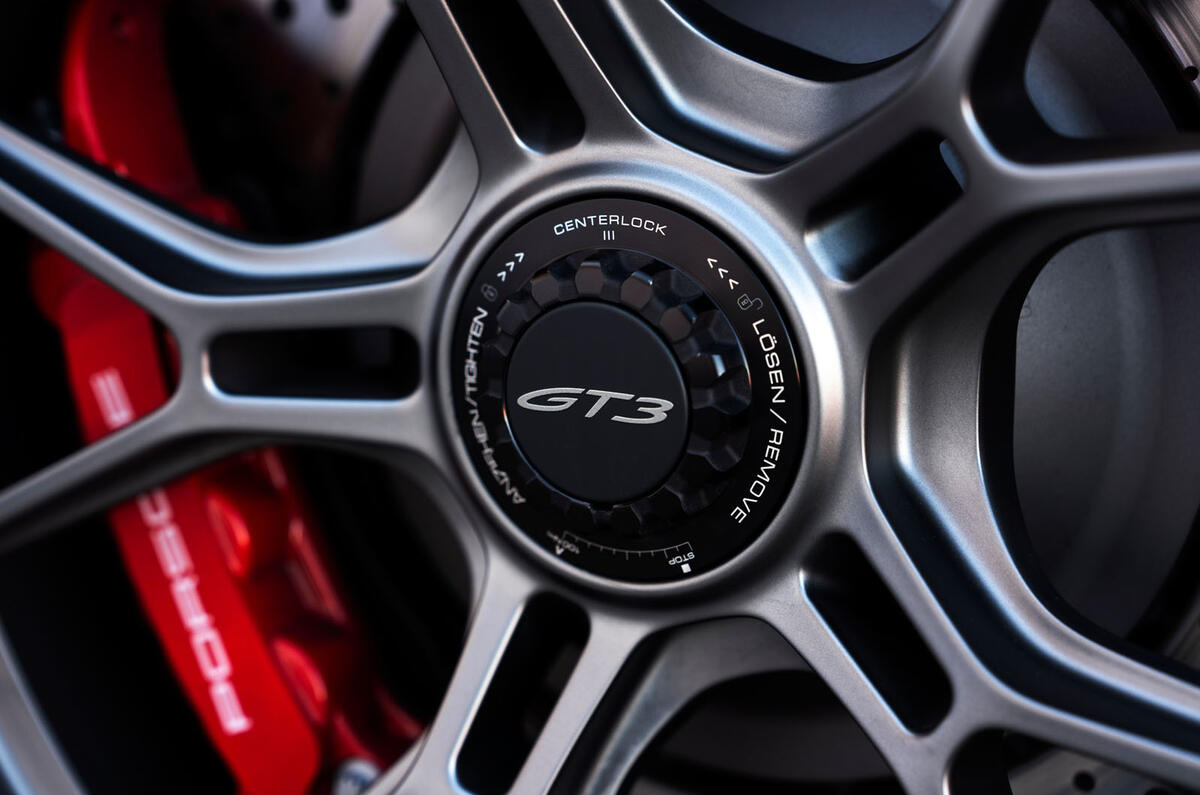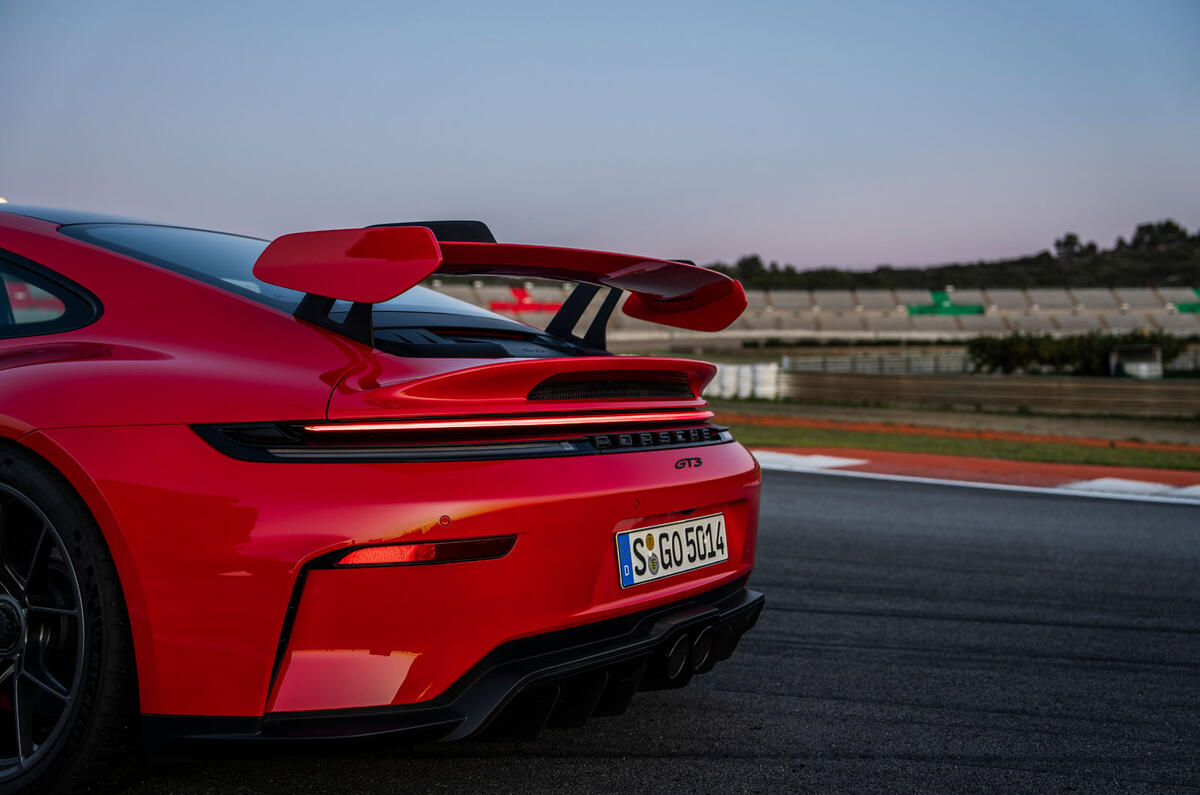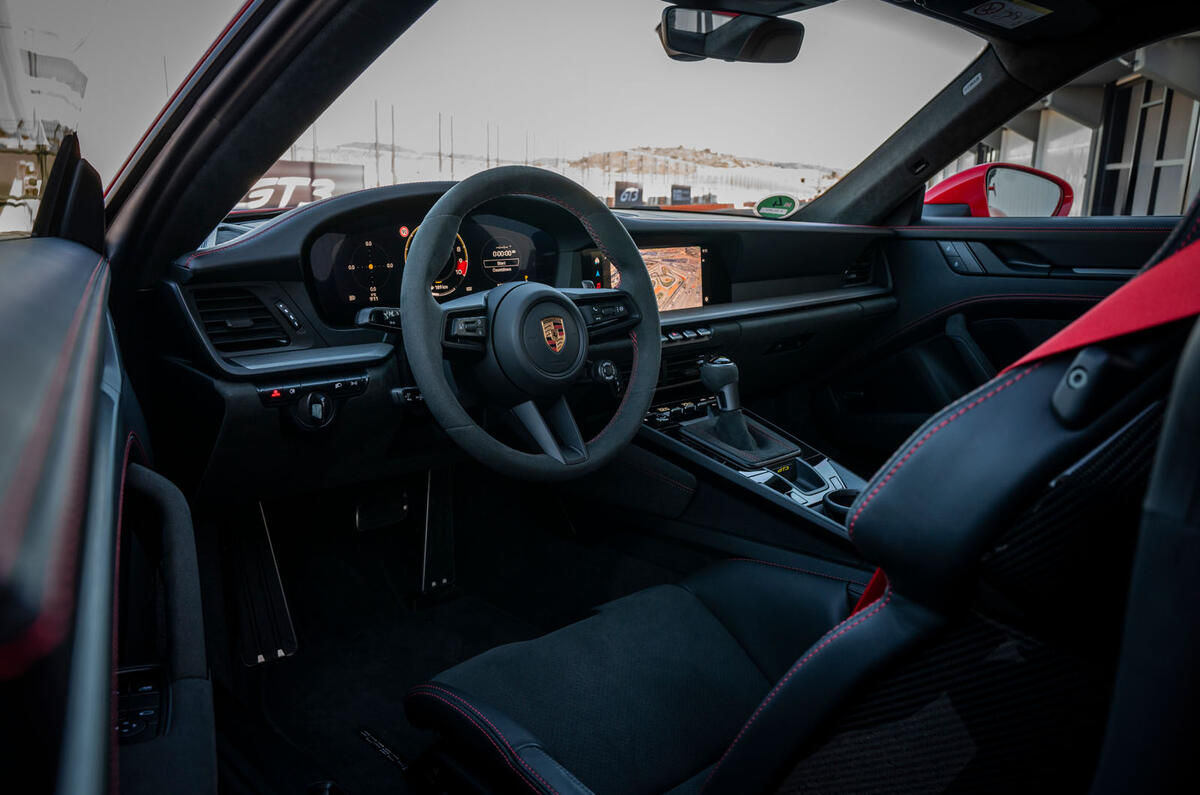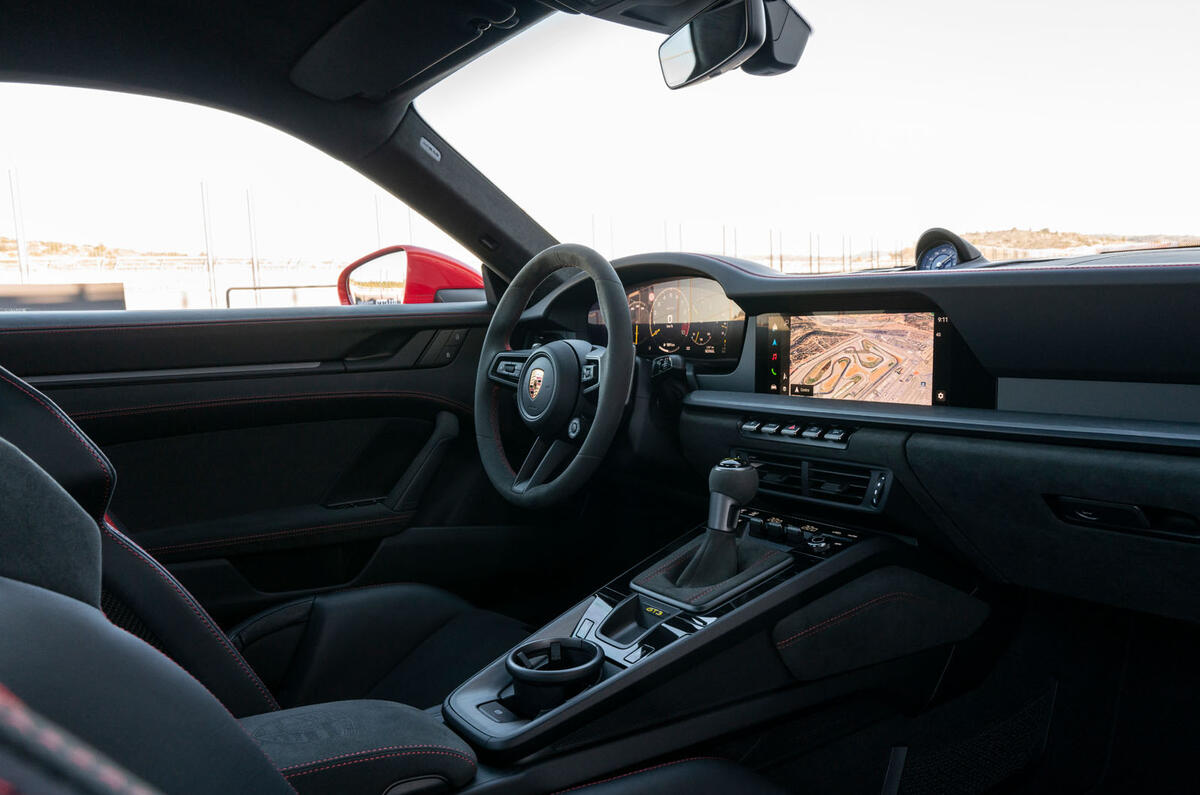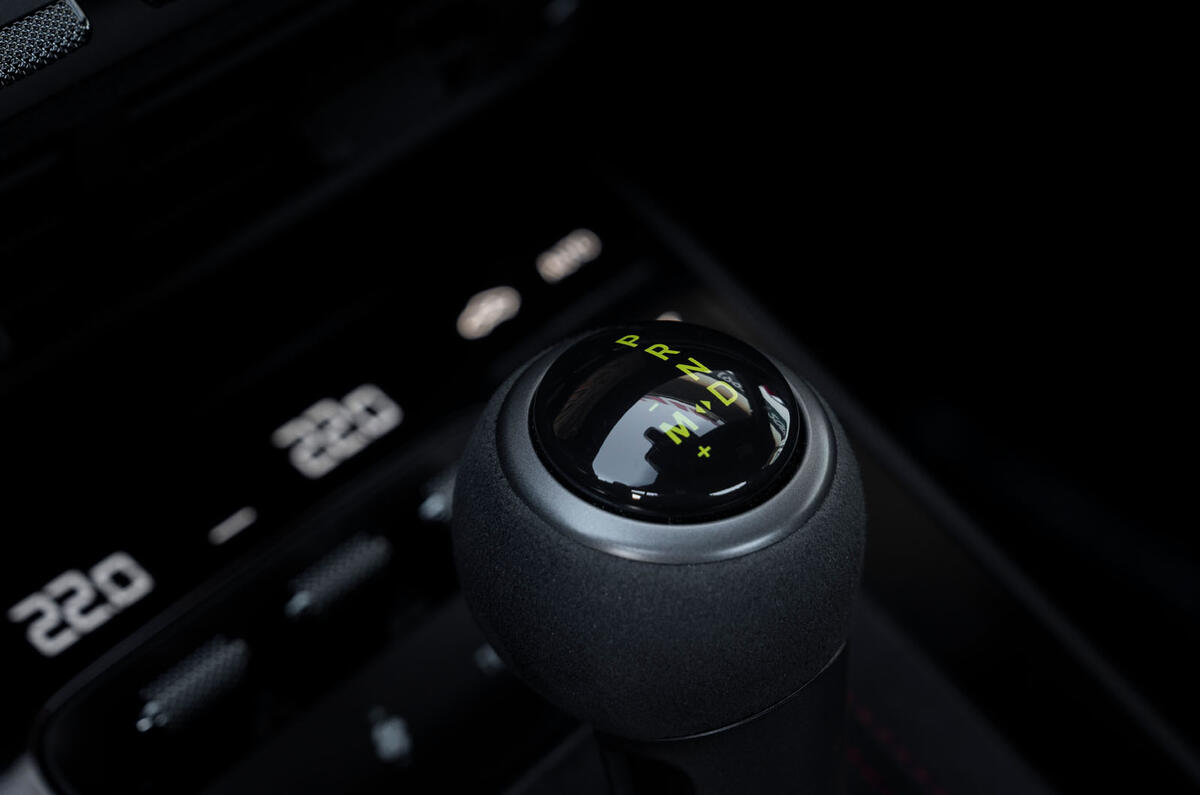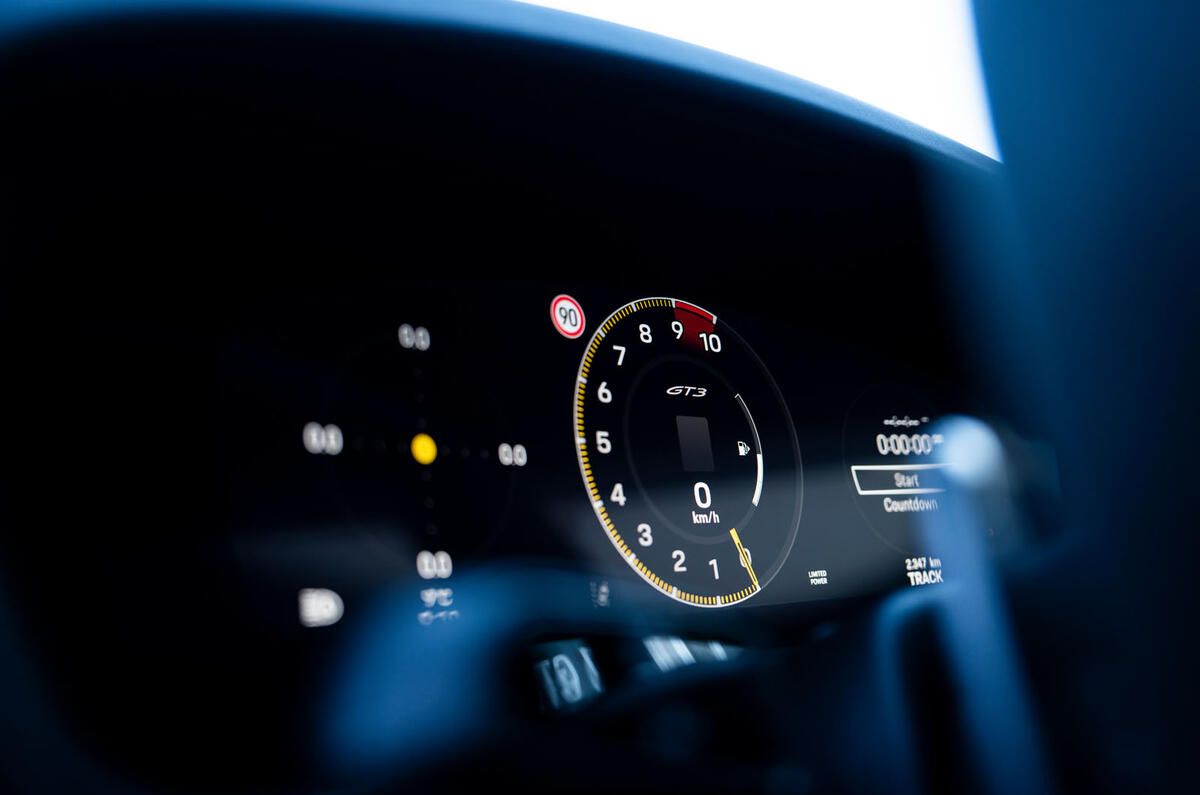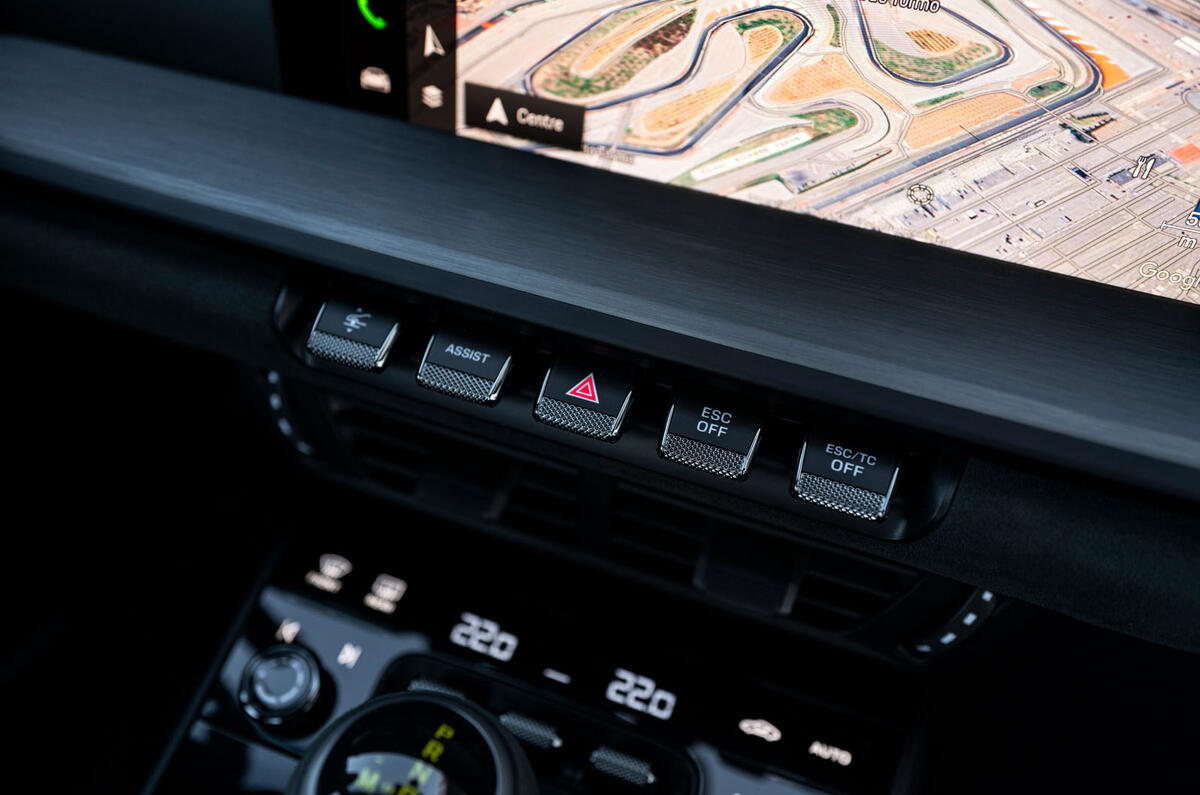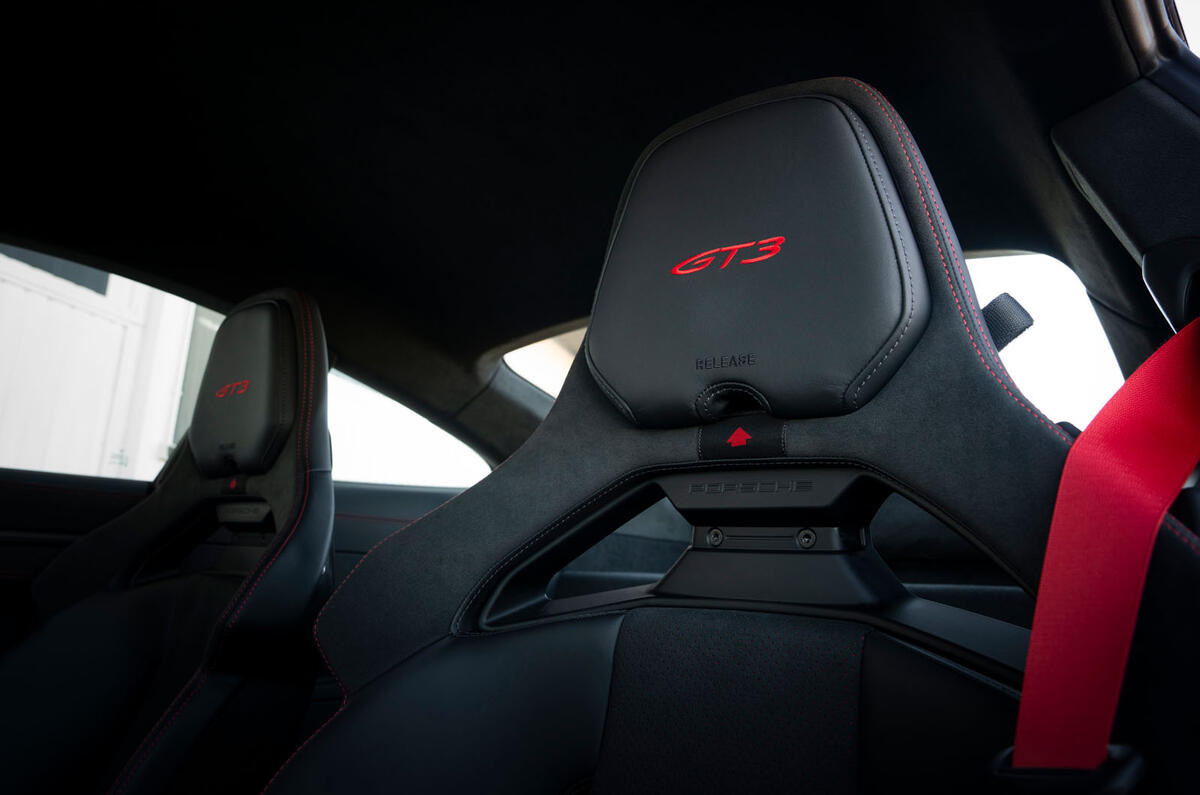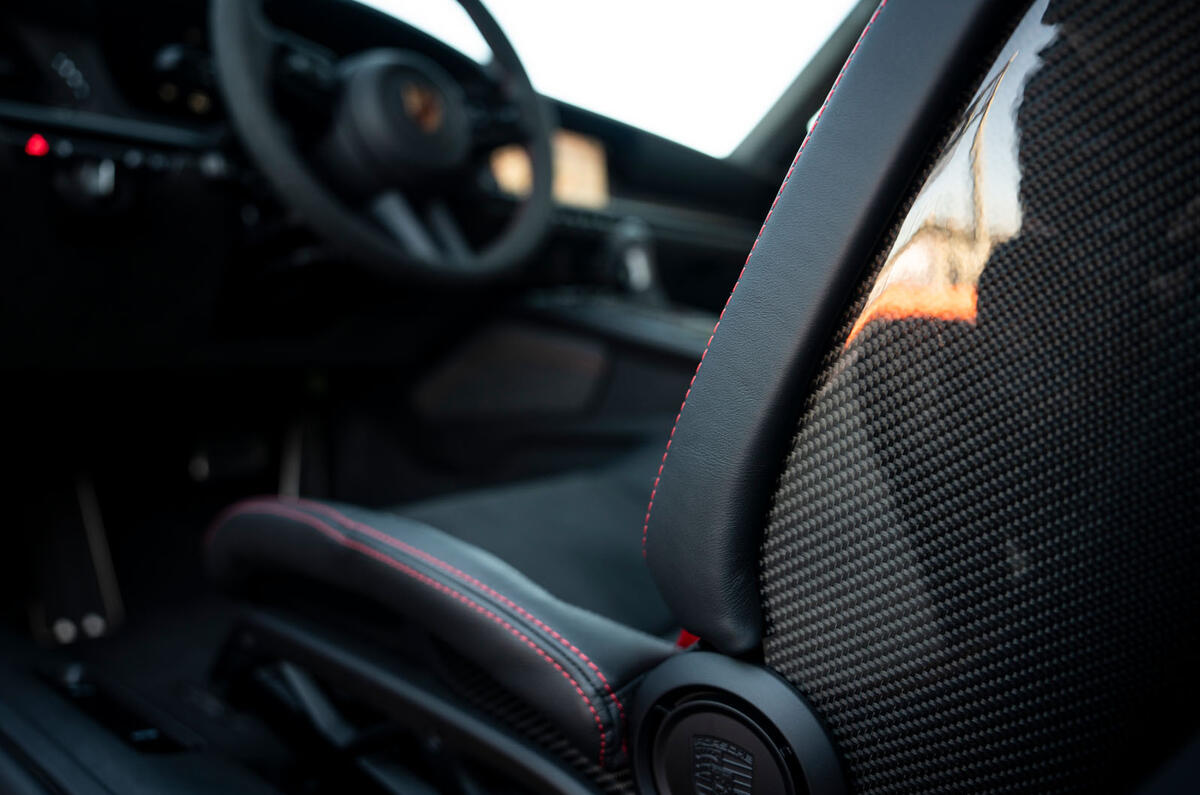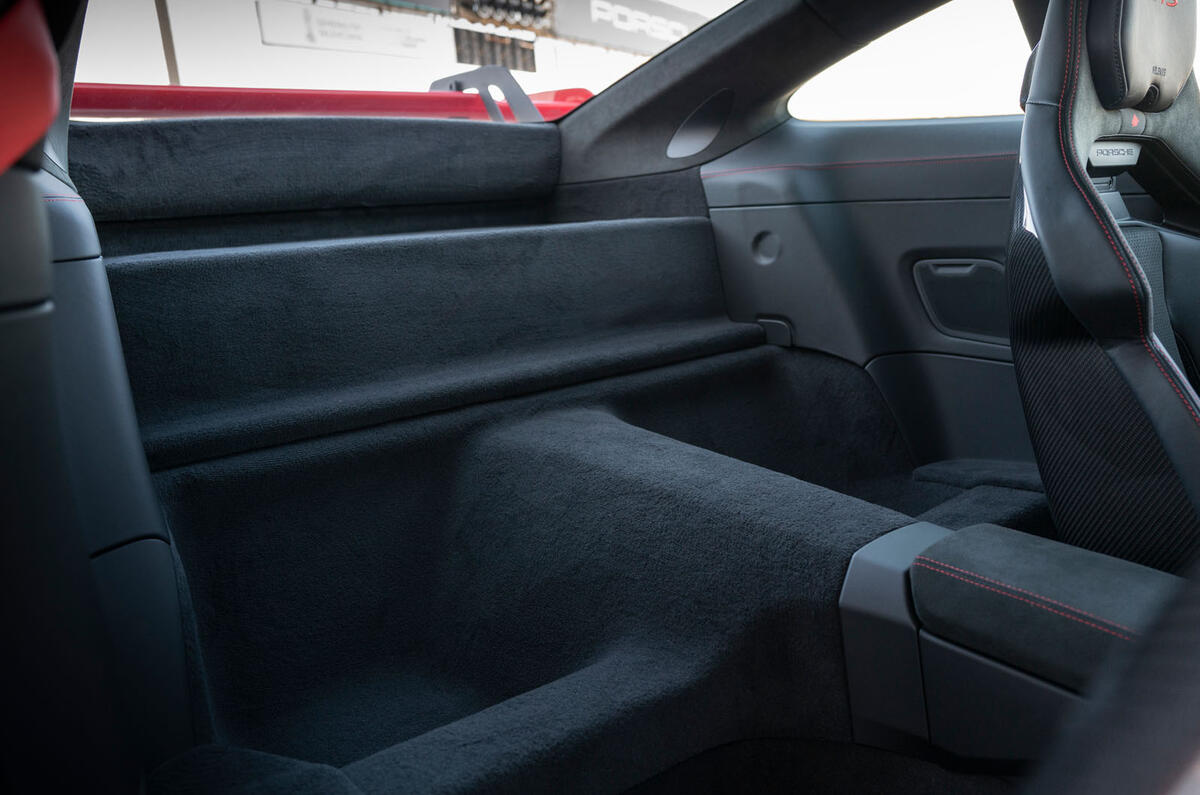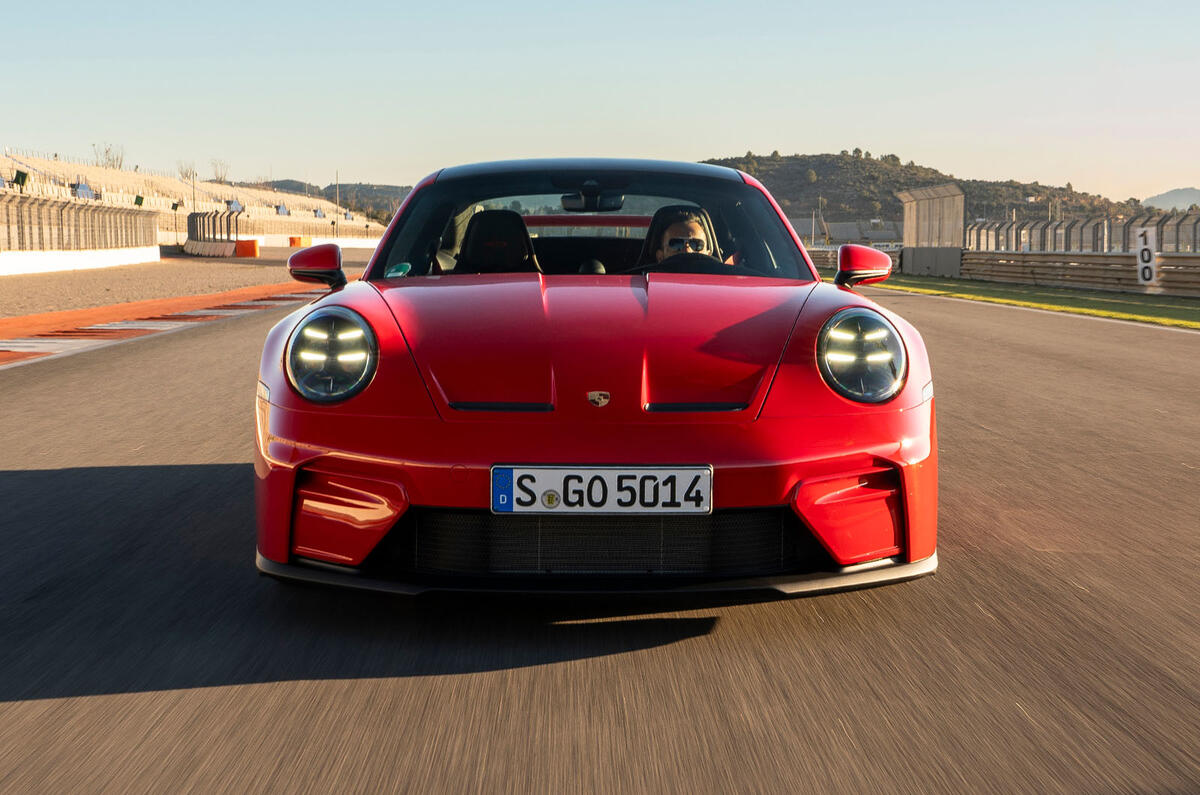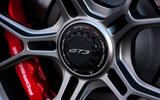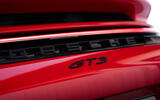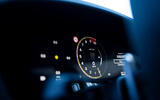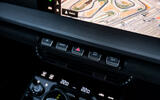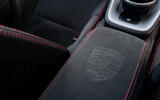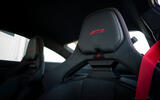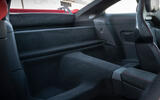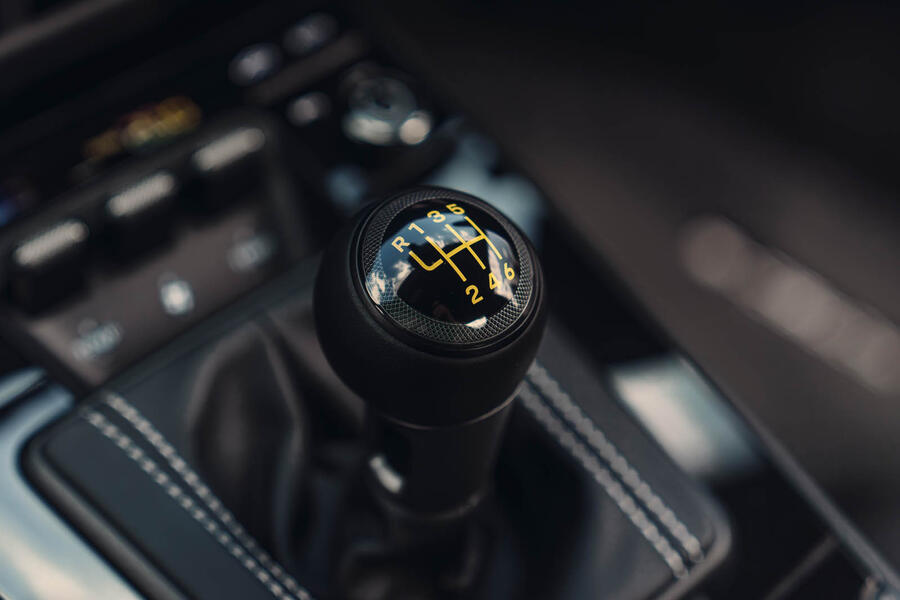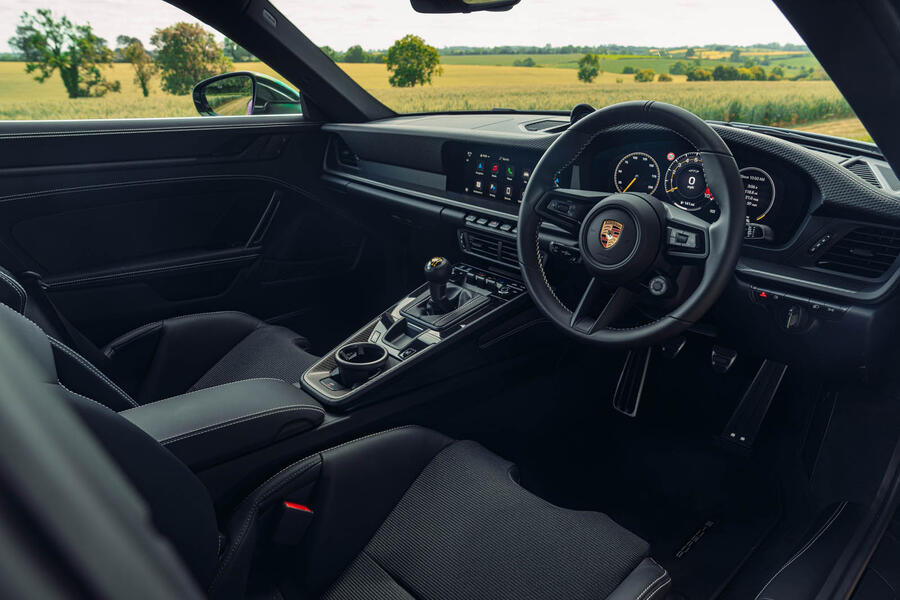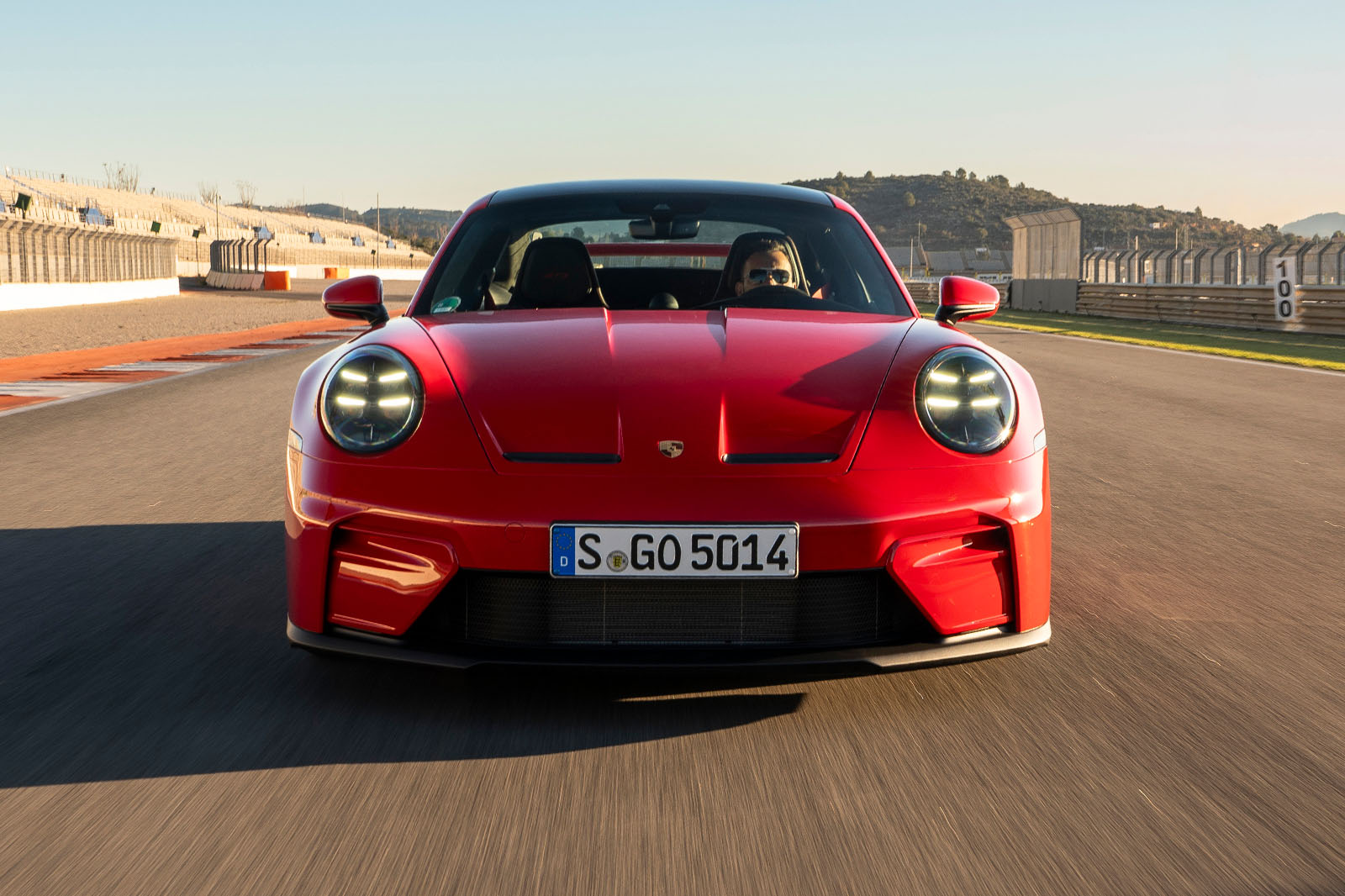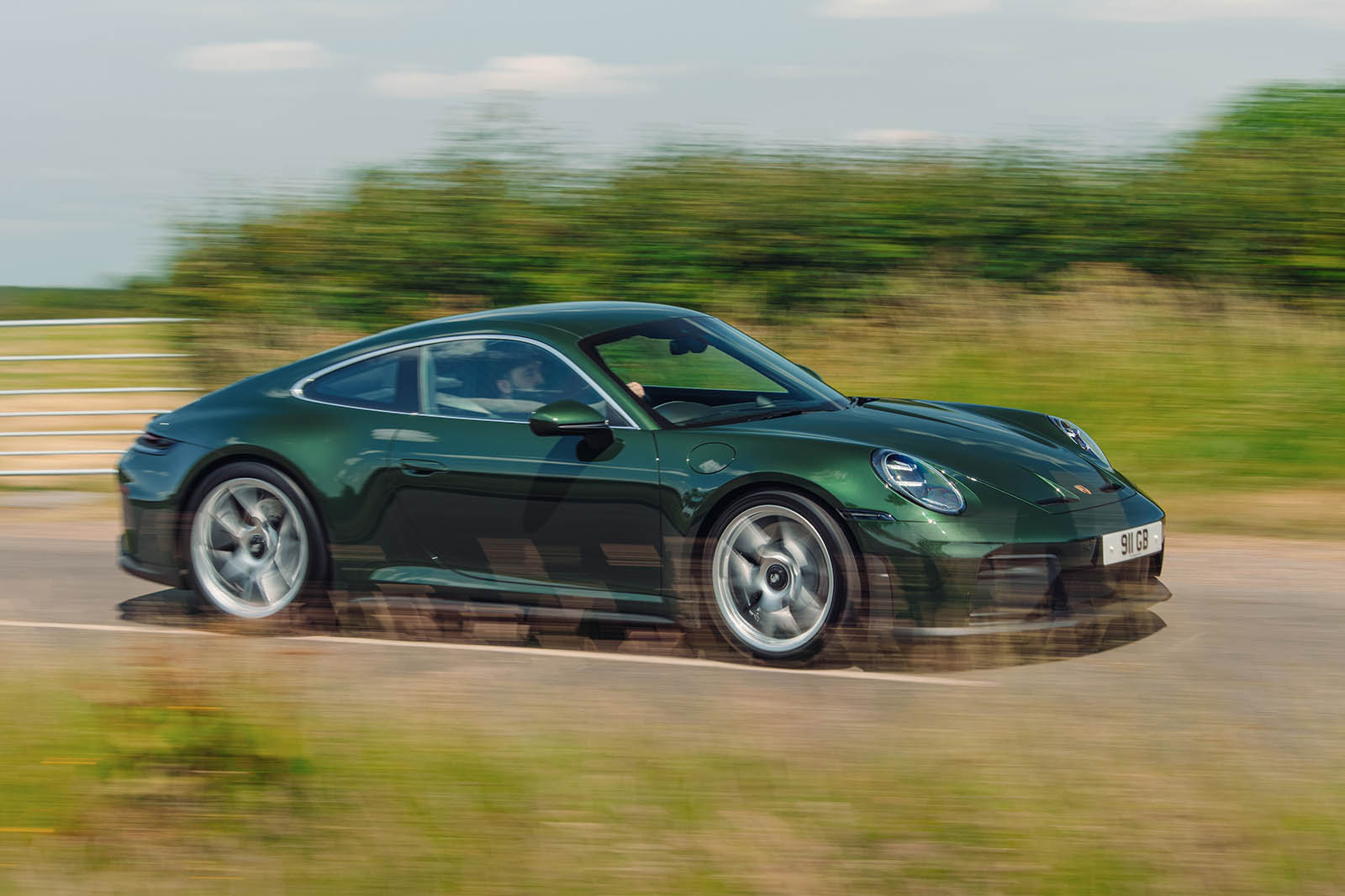There we drove a Touring with a manual gearbox. If I told you I’d noticed the extra absorbance while running over track kerbs I might be pretending, although it did feel willingly compliant, but on the road this does feel like a car that has retained all of its connectedness and feel, but which never runs out of ability on bad surfaces. It’s a fearsomely good road car as well as one of the world’s best track machines.
If there’s a flipside to the additional compliance it’s that the engine now spins over at 3000rpm-plus at 70mph, and presumably thinner carpets assist sound absorbance less than they did, so what was already a noisy at a cruise has become louder still.
But what's it like on UK roads?
British country roads are famously tight and twisty, so the benefit of the shorter gearing is especially obvious apparent over here, bringing the redline into play earlier. Matt has laready said it but I'll say it again: what a glorious thing it is to take this pin-sharp and perfectly linear motor to its limit, especially with the manual gearbox of the Touring-spec GT3 we tried. The level of performance feels strangely manageable, too, which is to say that the 911 GT3 no longer feels intimidatingly fast.
How on earth can that be true? Well, when the 991-gen gave this 4.0-litre engine its debut, it felt supersonic from 7500rpm on. Literally breathtaking. The GT3 hasn’t become any slower with this latest iteration, but the progressiveness of its power delivery and that relatively modest torque means that, next to today’s PHEV super-saloons and a vast number of performance EVs, it feels sensibly endowed. You can easily get a handle on its performance and get stuck into the detail of the chassis and powertrain. It’s amusing and poignant to think that what always made the Mazda MX-5 such an involving, exploitable, enjoyably carefree machine now applies to the mighty 911 GT3.
Not all of this approachability is down to the powertrain. A criticism frequently levelled at the previous GT3 Touring was that Porsche hadn’t given it a separate, calmer suspension tune from the regular GT3 despite their subtly different remits. This approach still applies, but it matters less now because I can’t remember the old car being as pliant or obedient as this new one. The body doesn’t crash, and it very seldom floats. Even when you think you’ve miscalculated, or failed to clock a trough or ridge? Nothing. In the context of an extremely serious performance car, the ride quality is simply superb, although it does, in that serious-performance-car way, only come together with load. If you’re not going to properly engage with the GT3 when you get the chance, have a Carrera S instead. Long story short: the new GT3 works well nicely in the UK.
The light steering is also unexpectedly uncorrupted. It doesn’t hunt cambers or easily deflect (although it does seem less communicative than before, even with Michelin Pilot Sport Cup 2 rubber fitted). The car is utterly trustworthy, although you still get that hallmark GT3 adjustability: a lift or prod of the throttle will elicit a precise change in your line, even with very little cornering force built up, and well within the limits of grip. I also like that you can now have two presets for the dampers, exhaust and ESP/traction control tune, which are configurable in the Sport and Track modes, for a quick change of character when the moment comes. So – surprise, surprise – it’s very good, this new GT3. Richard Lane
